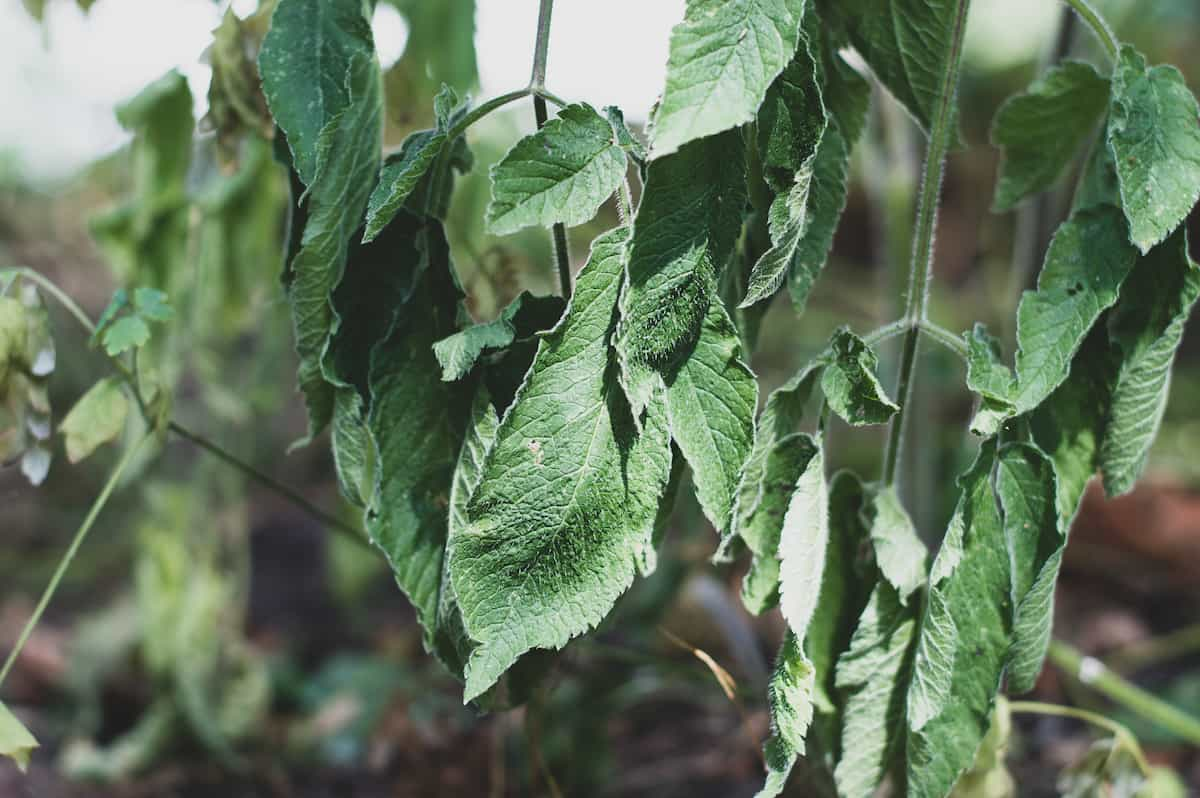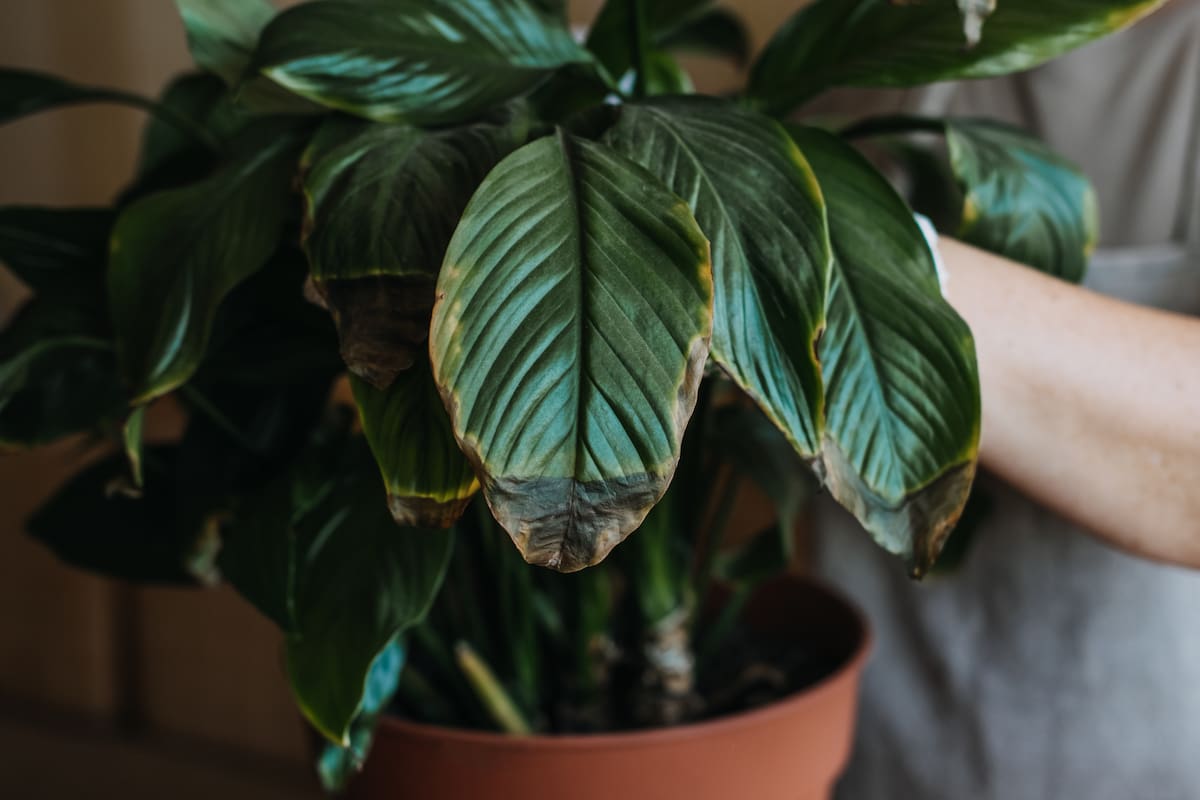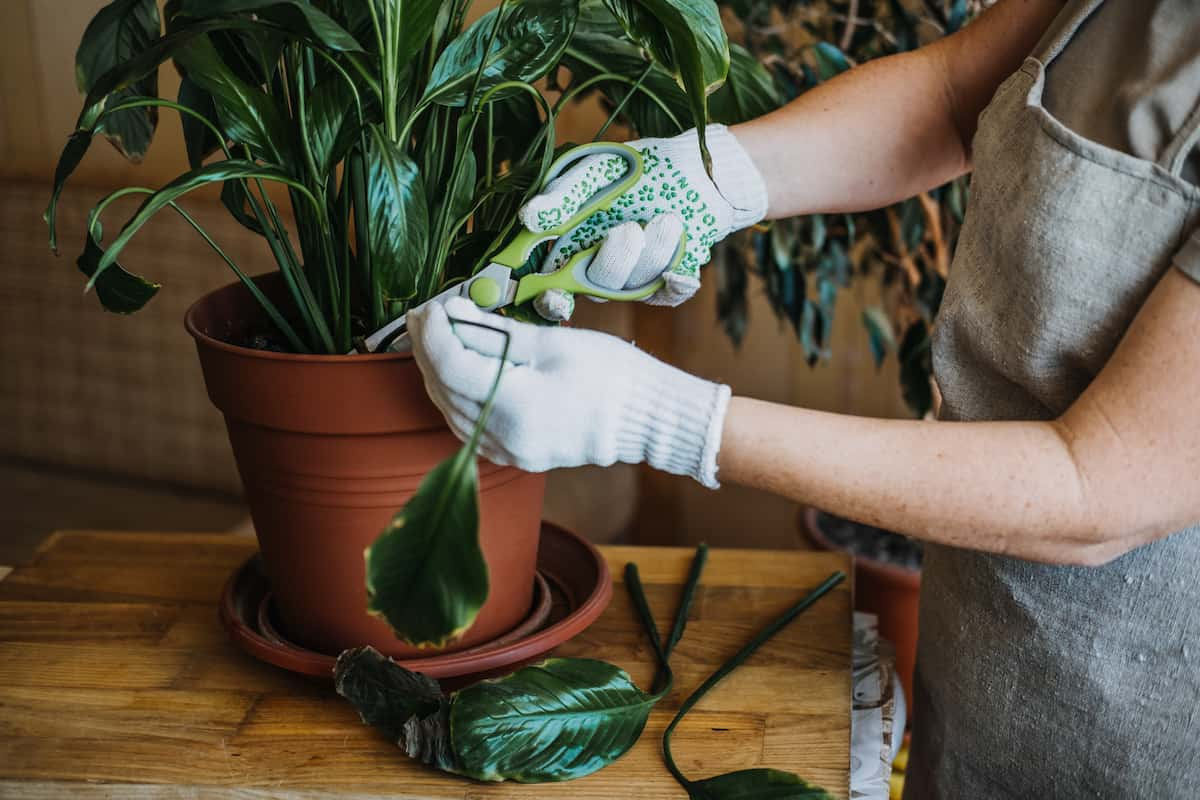Numerous individuals have encountered the problem of dead or dying plants. Despite our best attempts, our most precious plant does not always survive. This can be annoying and upsetting, especially if you’ve spent time and money trying to keep your plants healthy. However, it is essential to remember that it is possible to revive dying vegetation. With the proper knowledge and a little amount of effort, it is often possible to revive a struggling plant.

There are numerous factors why plants may begin to decline and ultimately perish. Common causes include overwatering or underwatering, lack of sunlight or an excess of direct sunlight, poor soil quality, vermin or diseases, and even natural aging.
11 Expert-Recommended Techniques to Bring Your Dying Plant Back to Life
If your plant is showing signs of distress, it may be dying. Yellowing leaves are common, but if many leaves turn yellow at once, it could be a sign of overwatering. Repot the plant in new soil and stick it in a sunny spot to improve its condition. Brown leaves indicate a lack of humidity or poor water quality. Misting the leaves regularly or using distilled/rainwater can help solve this problem. If your plant’s leaves have crispy edges, it may need more water.
Allow the plant to soak in lukewarm water for 30 to 60 minutes, and give the leaves a little shower. Dull, bleached leaves and long, spindly stems indicate insufficient light, so move your plant closer to a window or increase the brightness of your grow light. Spotted leaves could mean your plant has a fungal or bacterial infection, which requires removing affected leaves and spraying the plant with a homemade remedy of baking soda, mineral oil, and water.
First Steps Look for Signs of Recovery
The first step is to assess whether it’s still alive when trying to revive a dying plant. Check the stems and leaves for any signs of new growth or greenery. If you see any new growth, then it’s a good sign that the plant is still alive and has the potential to be saved.
Remove any Dead Foliage
If you notice any dead or yellow leaves, they must be removed immediately. Dead foliage can be a breeding ground for disease, which can spread quickly to other parts of the plant. Removing the dead foliage will allow the plant to focus its energy on new growth.
Check for Overwatering
Overwatering is a common cause of plant death. If the soil is consistently wet and the plant shows signs of wilt or yellowing leaves, the plant will likely be overwatered. In this case, you should reduce the amount of water you give the plant and ensure the soil has proper drainage.
Fixing Overwatered Plants
Overwatering is a common problem that many plant owners face, and it can be detrimental to the health of your plants. Plants need water, but too much water can harm them. You can tell if you’ve overwatered your plant if the leaves turn brown or yellow and the soil is damp. If this happens, remove the plant from direct sunlight and let the soil dry before watering it again. If the soil is still wet, you may need to replace the soil and the pot.
In case you missed it: How the pH of Water Can Affect Your Garden Plants: A Guide for Beginners

Fixing Underwatered Plants
Your plants may become dehydrated and wilt if they do not receive sufficient water. The soil’s surface will dry and crack if a plant is dehydrated. If detected early, this issue is simple to resolve. The plant can be rapidly rehydrated by watering it in water for all soil to get saturated. Then, fill the container with water until the drainage openings are clear, and mist the stems and leaves. Remember to do this routinely to maintain your plants’ health and optimum growth.
Adjusting Light
Having the right amount of light is crucial for the health of your houseplants. If your plant isn’t getting enough sunlight, it will have weak stems and pale leaves. To fix this, you can move your plant to a better spot in your home that suits its sunlight needs, whether full, partial, direct or indirect sunlight. By making this simple change, your plant’s growth will improve and may even come back to life if it is seemingly dead. Pay attention to your plant’s light requirements for optimal health.
Increasing Humidity
Plants from tropical regions need more humidity to stay healthy. Your plant may lack humidity if it looks wilted, brown, and shriveled. Ferns, for instance, need high humidity to grow, which may not be available in a typical living room. The solution is easy: move the plant to a more humid location away from direct sunlight. If you keep it indoors, the bathroom is a good option. Increasing the humidity around your plant can revive it and keep it healthy.
Providing Additional Nutrition
Feeding your plants with compost or fertilizer during the growing season is important to prevent malnutrition. Weak stems and discolored leaves indicate a lack of nutrition, which can be fixed with manure or fertilizers. To nourish your plants, you can use organic liquid plant food or water-soluble nutrient-rich fertilizers that are gentle on their roots. This will help bring your dying plants back to life.
Treating Pests and Diseases
Check your plant for irregular growth, curled or discolored leaves, and bugs. To get rid of bugs, mix mild soap and water. For diseases like powdery mildew or root rot, consult a plant expert for identification and treatment options. Isolate the affected plant to prevent the pest or disease from spreading to other plants.
Performing Repotting, Pruning, or Grafting Techniques
- To revive a dying plant, repotting it in a slightly larger pot with fresh soil, pruning away dead or diseased parts, or grafting a healthy stem or branch onto a healthy rootstock.
- Repotting will refresh soil and roots, pruning removes dead or diseased parts, and grafting is an advanced technique that combines the stem or branch of a dying plant with a healthy rootstock.
- To prune, identify parts that need cutting, remove dead/diseased leaves or stems, and cut back overgrown branches.
- For grafting, select a healthy rootstock and stem/branch from the dying plant, cut both diagonally, press them together, and bind them with tape or twine.
- Keep the newly grafted plant in a warm, humid area until new growth appears. These techniques can revive a dying plant and promote healthy growth.
Composting Your Plant to Bring It Back
Composting can revive plants, but not always. Instead, try repotting, cutting, or grafting. Composting creates nutrient-rich dirt for plant growth. Compost takes a month to break down and become useful. Composting may not be the best solution for a dying plant.
In case you missed it: Amazing Benefits of Vermicompost for Your Terrace Garden Plants

Conclusion
Repotting with new soil, pruning dead or diseased parts, grafting healthy branches to a healthy rootstock, composting, proper sunlight and watering, bug control, and fertilizer or plant food can revive a dying plant.
- Feed Your Flock for Less: Top 10 Tips to Save on Chicken Feed
- Ultimate Guide to Ossabaw Island Hog: Breeding, Raising, Diet, and Care
- Hatching Answers: The Top 10 Reasons Your Chickens Aren’t Laying Eggs
- Eggs and Economics: Breaking Down the Cost of Raising Backyard Chickens
- Defend Your Greens: Proven Methods to Keep Iguanas Out of Your Garden
- Ultimate Guide to Cinnamon Queen Chicken: A Comprehensive Guide for Beginners
- Ultimate Guide to California Tan Chicken: Breeding, Raising, Diet, Egg-Production and Care
- Ultimate Guide to Marsh Daisy Chicken: Breeding, Raising, Diet, and Care
- 10 Types of Chicken Farming Businesses You Can Start for Profits